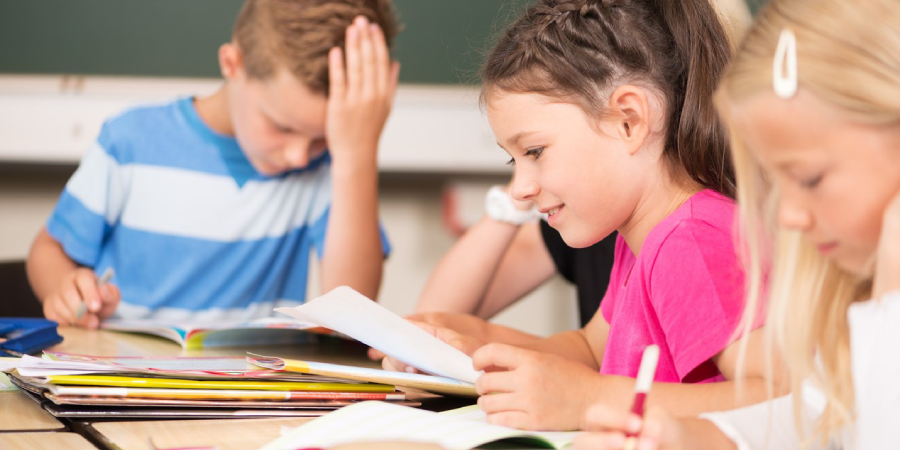
When it comes to distance learning for special education, a lot of dynamics change and become very challenging. The term “ Special Education” comprises tailored education for different disabilities, age groups, interests and abilities.
Specialized distance learning can be a huge challenge when most students require one-on-one guidance because of dependency and attention deficits. Here are some pointers that can help to ease these challenges:
- Parental involvement is imperative here. Assessment of the home environment, availability of electronic devices and uninterrupted wi-fi, availability of space for motor and sensory activities must be taken into account.
- Evaluating the goals that are achievable in the given environment and breaking up the learning process into manageable benchmarks.
- Teachers must impart continuous guidance to parents through video conferencing to keep things moving at a smooth pace.
- Creating classroom groups on social media can bring all the parents and teachers under one platform where there is mutual benefit for all.
- Special distance learning also calls for extensive flexibility on the part of the parents and teachers to foster an environment that resembles a normal school day.
- A list of daily activities can be broken down, giving the students plenty of breaks. They should also be given enough time to work on projects.

